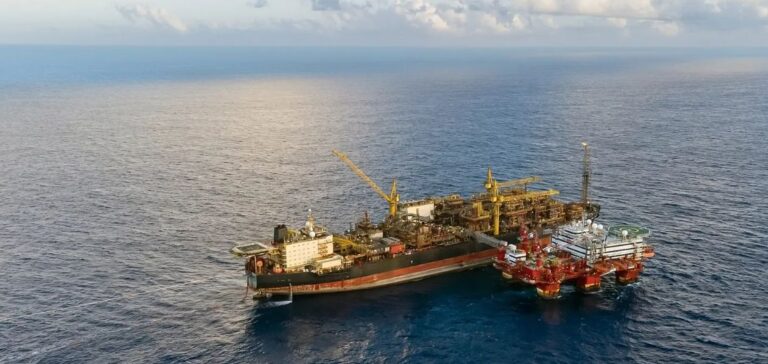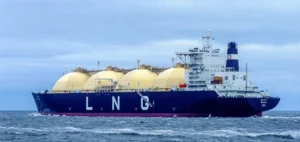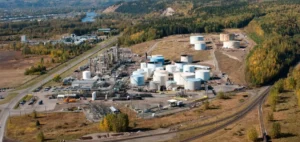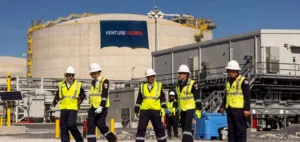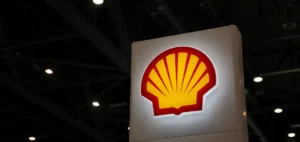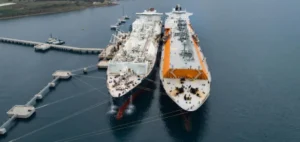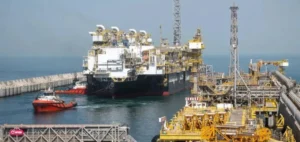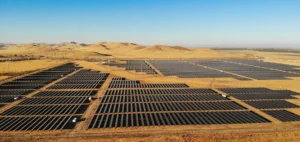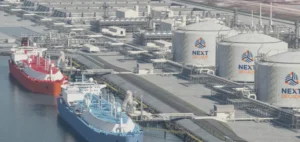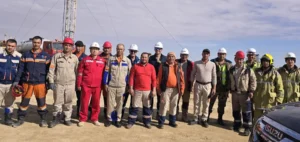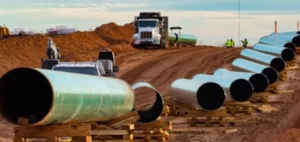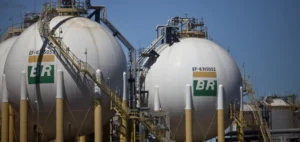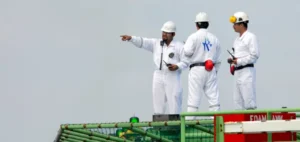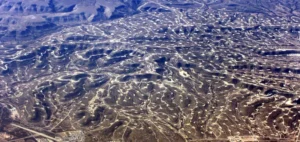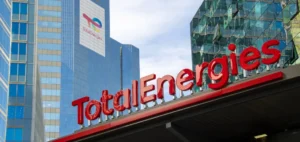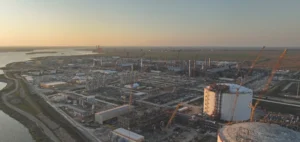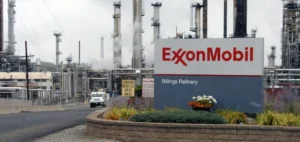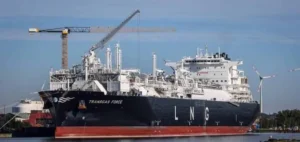Golar LNG Limited has confirmed the Final Investment Decision and the fulfilment of all conditions precedent related to the relocation of its floating liquefied natural gas unit Hilli Episeyo (FLNG Hilli) to Argentine waters. The vessel will be chartered for a 20-year period by Southern Energy S.A. (SESA), a joint venture composed of Argentina’s leading gas producers. In parallel, a second agreement has been signed for a next-generation FLNG unit currently being converted in China, the MKII FLNG, scheduled for start-up in 2028 pending final approval expected in 2025.
An integrated project with high contractual revenue
The FLNG Hilli contract, with a nameplate capacity of 2.45 mtpa, is expected to commence in 2027 and will generate $285mn in annual net charter hire for Golar, along with a gas price-linked tariff mechanism. The MKII FLNG, with a capacity of 3.5 mtpa, is projected to generate $400mn annually from 2028. Together, both contracts are estimated to contribute $13.7bn to Golar over 20 years, before adjustments and additional upside linked to commodity prices. A 25% uplift applies to Free on Board (FOB) gas prices above $8/mmbtu without a cap, while a price floor of $6/mmbtu limits downside risk.
Partnership with major Argentine gas players
SESA, a company formed to enable liquefied natural gas (LNG) exports from Argentina, is owned by Pan American Energy (30%), YPF (25%), Pampa Energía (20%), Harbour Energy (15%) and Golar (10%). Each shareholder has committed to supplying its proportional share of gas via fixed-price Gas Sales Agreements, indexed to the United States Consumer Price Index (US-CPI). Golar’s equity stake provides additional exposure to gas sales revenue.
Strategic location in Río Negro province
The two units will be positioned in the San Matías Gulf, offshore the province of Río Negro, near export infrastructure and the Vaca Muerta shale formation, the world’s second largest shale gas reserve. The Argentine government has granted an unprecedented 30-year unrestricted LNG export licence, as well as preferential status under the Large Investment Incentive Regime (RIGI).
Dedicated infrastructure and operational synergies
Gas for the FLNG Hilli will initially be sourced from excess volumes in the existing pipeline network. A dedicated pipeline linking Vaca Muerta to the San Matías Gulf is also being planned to support long-term supply to both FLNG units. The vessels’ close proximity is expected to enhance operational efficiency and create logistical and technical synergies.
The company specified that the agreements include provisions for shortened terms, allowing SESA to reduce the FLNG Hilli charter to 12 years and the MKII FLNG to 15 years, subject to three years’ notice and a termination fee.


